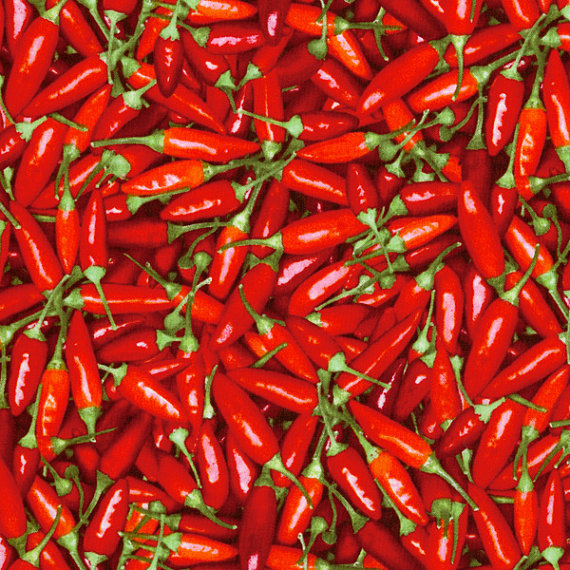-

Weight Loss Program
Visit
-

Weight Loss Program
Visit
-

Weight Loss Program
Visit
-

Weight Loss Program
Visit
-

Weight Loss Program
Visit

Showing posts with label vegetarian diet food. Show all posts
Showing posts with label vegetarian diet food. Show all posts
5 Plant-Based Foods Cheap But Amazing To Aid Weight Loss
S Arifin5:00:00 AMdelicious foods that help you loose weight, How To Lose Body Fat, Losing Weight, vegan diet foods, vegetarian diet food, weight loss food plan, weight loss plant foods
No comments
10 Amazing Foods That Can Speed Up Weight Loss
S Arifin6:30:00 PMbest way to burn belly fat, best way to lose belly fat, blood type diet, diet tips, healthy diet foods, vegan diet foods, vegetarian diet food
No comments
6 Weight Loss Plant Foods
S Arifin2:21:00 PMbest diet foods, diet food, food for a diet, food plan for weight loss, vegan diet foods, vegetarian diet food, weight loss food plan, weight loss plant foods
No comments






















